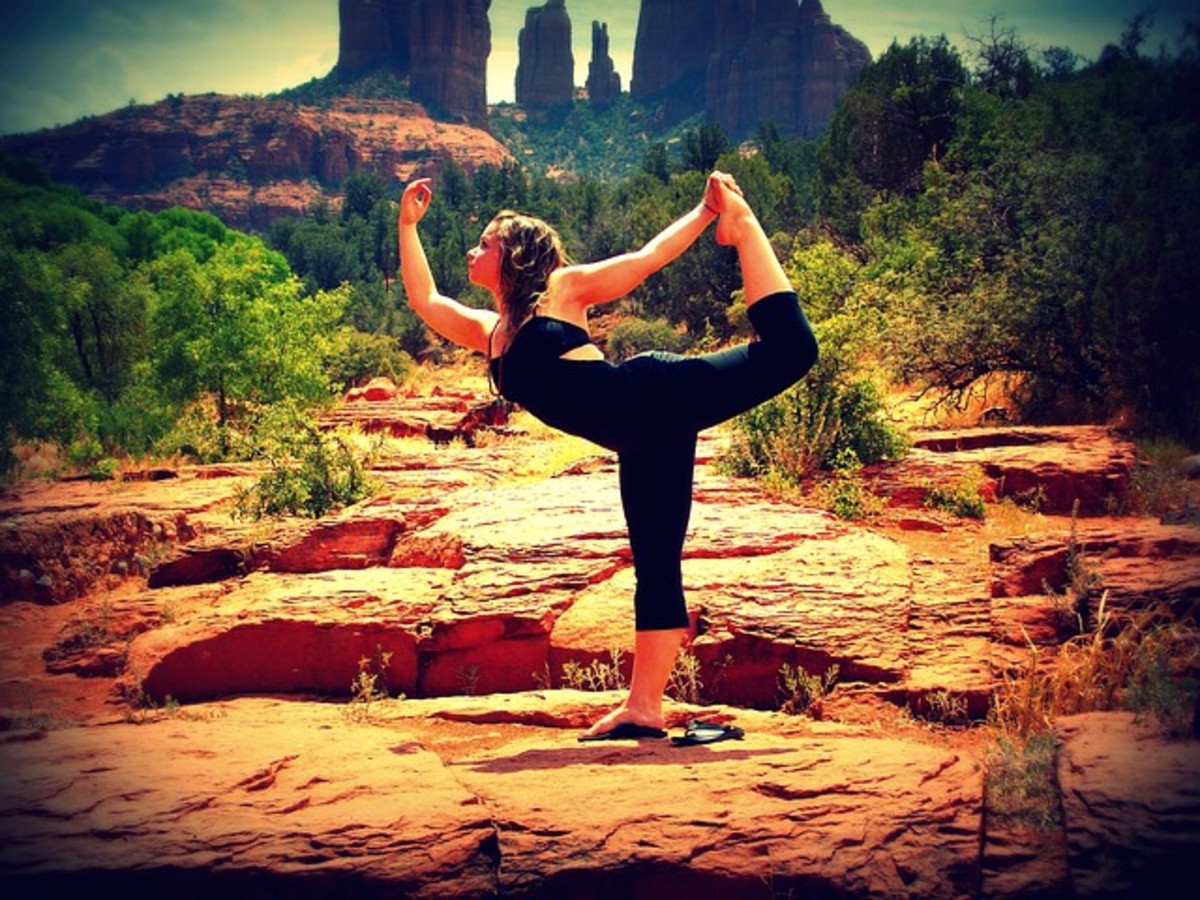Learning to Meditate

Guided Meditation Video
Meditation is sometimes seen as the art of contemplation because during relaxation the mind starts seeking its own information. Many people believe it is difficult to learn but in reality, we do it all the time without even realising.
How often have you watched a bird in flight, or stared up at the clouds or stars, or the water flow in a stream or waves crash at the beach? While you are doing this there are times when the rest of the world around you seems removed, this is when you are in a state of meditation.
The real key to meditation is to be able to exercise control over your thoughts and awareness of the world around you.

To Begin
First you need to choose a place which is as private and quiet as possible. If you are at home, with others around, ask that you not be disturbed and that all other noise in the house be kept to a minimum. When you have found a place suitable for meditation, you are ready to begin.
If you are lying down, be sure your back and neck are properly supported so as not to cause aches and muscle cramps. If you are sitting, be sure that both feet are flat on the floor and that you are sitting as straight as possible while still being comfortable. You should have your arms resting comfortably in your lap with palms up.
After you are comfortable learning to control and pay attention to your breathing is the next step. A pause is normally placed before and after inhalation and exhalation, this makes you focus your attention on your breath. Inhale though the nose, hold the breath, exhale slowly through the mouth, and then pause again. Try beginning with a 5-5-5-5 count pattern. Inhale through the nose for a 5 count, hold it for a 5 count, exhale through the mouth for a 5 count, and pause for a 5 count before continuing, then gradually increasing this count to reach deeper levels. If you are having trouble with this try starting with a 3 count then gradually increase it to a 5 count if you need to.
EXERCISE #1 – Mindful Breathing
Sit straight so your head, neck and chest are aligned to avoid pressure on your back. This is a natural position, but you can change later if you choose. For this exercise, breathe in though your nose and exhale though your mouth. Count on your inhalations, your pauses, and the same on your exhalations. This establishes a rhythm that generates newer energy and makes you focus on your breaths, allowing you to enter a meditative state easier. Practice this morning and night until it becomes easy to maintain.
EXERCISE #2 – Relaxation
After mindful breathing, try imagining each breath massaging tension from your body. Start at your feet and toes on the first breath, feeling the tension leave them as you exhale, and then move to ankles for the second breath. On each breath move up your body moving first feet, then ankles, calves, knees, thighs, buttocks, abdomen, back, chest, shoulders, neck, upper arms and elbows, forearms and wrists, hands and fingers, throat, lips and jaw, cheeks and lines around eyes, then forehead and scalp.
As you release each breath you are releasing the tension from your body. This is an ideal relaxation method for when you are feeling stressed, getting ready to study, or before meditation.

Do you use meditation?
EXERCISE #3 - Visualisation
The next step in meditation is visualisation. This is where you move from relaxation and contemplation and begin to look within yourself and access information. Visualisation helps by using your imagination to align yourself with certain aspects of your psyche. This is the hardest part of meditation and takes time and patience to expand on the skills you learnt before this.
Light a candle and place it in a position that is comfortable for you to look at as well as being safe from being knocked over, curtains and other flammable things. Examine the candle flame, watch it move and listen for the sounds it makes. Keep doing this for a couple of minutes then close your eyes.
Did the flame appear, or did you have to recreate it within your mind? With your eyes closed recreate the flame in your mind until the image appears to your satisfaction, now add to it the sounds you heard. After you feel that you have made the image appear to your satisfaction, open your eyes. Now try this again, but get your hands close enough to the flame that you can feel its warmth. Close your eyes and bring up the image again, but also add the warmth of the flame to the image. When you have done this relax and open your eyes.
The purpose of this exercise is to be able to recreate all forms of sensation, sight, hearing and touch, in your mind. This stimulates your imagination, and at the same time develops your recall and transfers your physical sensations into the mind. It makes you use your will to recreate experiences or images and disconnects you with your environment for a short time. Visualisation is different than meditation but there is a large area of overlapping skills that are used in both techniques.
In Closing
The most important thing to remember is that you cannot force yourself into a meditative state. You must flow into it and surrender to it calmly. The most apparent and positive uses of the techniques you have learned is relaxation. During our everyday lives we often encounter situations when the pressure becomes almost too much, when this happens, we often don’t deal with the situation the way we would like to. The breathing exercises you have learnt can help at these times.
While the meditation practices require more time and a quite area the breathing exercises can be done anywhere and only require a few minutes. You can add to this by visualising a place or situation that has a calming effect on you. These techniques can help greatly when dealing with stressful or hectic situations.
One final use I will suggest is visualization. Meditation can be used as a tool for problem solving. While in a meditative state of mind, you have the ability to take any situation and manipulate it. By that I mean you can mentally play out the situation using several different solutions. Then, you can pick the one which seems to best solve the problem.
While meditation can help you deal with problem solving more effectively, it is not infallible. It will allow us to think more clearly and concisely about the problem at hand but it will not give us the answers to all of our problems.
© 2009 Rachel Evans








